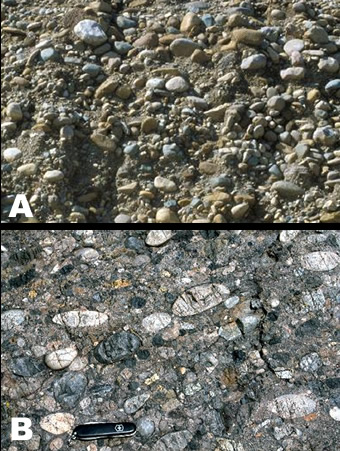Loose sediment, like that shown in (A) may someday become a rock like the one in (B) if compacted and cement fills the spaces between clasts.
Click on image for full size
(A) courtesy of Bruce Molnia, Terra and (B) courtesy of Martin Miller, University of Oregon
Step 4: Lithification (From Pile of Sand to Solid Rock)
Sediment that has formed, been transported, and deposited, is not a sedimentary rock unless it is all bound together. The process of sediment becoming a rock is called lithification. It can take tens to hundreds of thousands of years.
The material that holds sedimentary particles together into a rock is called cement. Like the cement that holds bricks together in a wall, the cement in a sedimentary rock holds the bits of sediment together. However, the cement that holds a sedimentary rock together is a bit different because it is made of mineral crystals that form in-between the clasts and holds them together. Mineral crystals form from seawater or groundwater that travels through the empty spaces in-between clasts. The mineral precipitates out of water that contains the necessary chemical ingredients. Minerals like calcite, quartz, and sometimes hematite form the cement in sedimentary rocks.
Compaction also helps a pile of sediment to become a sedimentary rock. Compaction occurs when a layer of sediment is buried under other, younger layers of sediment, the clasts become squished closely together, filling in some of the porosity, the empty space between clasts.
Last modified August 25, 2003 by Lisa Gardiner.
You might also be interested in:
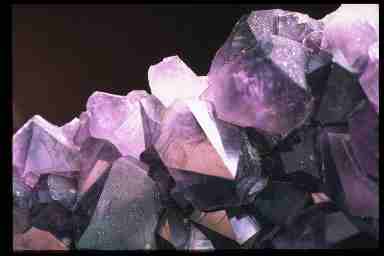
Minerals occur naturally on rocky planets and form the building blocks of rocks. They are non-living, solid, and, like all matter, are made of atoms of elements. There are many different types of minerals
...more
Calcite is typically found in the sedimentary rock called limestone. It can also be the cement that holds other sedimentary rocks, such as sandstone, together. Outside the sedimentary rock spectrum, calcite
...more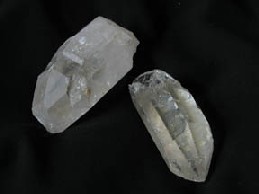
Quartz is the second most common mineral in Earth’s crust. It is a member of the quartz group, which includes less common minerals such as opal, crystobalite, and coesite. Silica (Si) and Oxygen (O) are
...more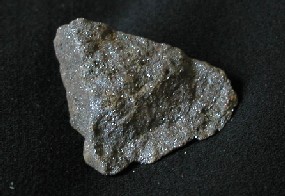
A sample of hematite may look like little more than a dark gray blob. That might seem impossible to identify but with a streak test, you can easily identify it! To tell if it is hematite, just rub the
...more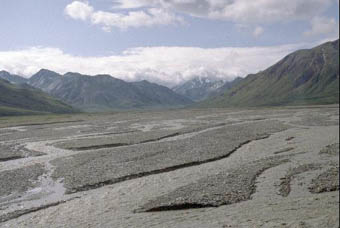
Sneeze into a pile of dust and the particles fly everywhere. Sneeze into a pile of rocks and they stay put. That’s because they have more mass. You need more force than a sneeze to move those rocks. Wind
...more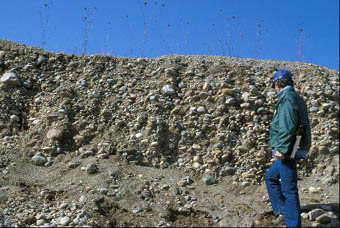
When water or wind loses energy and slows down, sediment can no longer be carried in it. The particles of sediment fall through the water or air and form a blanket of sediment on the bottom of a river,
...more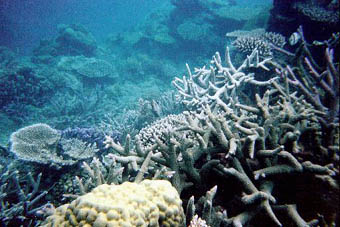
The sediment in an organic sedimentary rock is made of fossils! The mineral parts of animals, such as bones and shells, are much more likely to be preserved than the soft tissues, which typically decay.
...more


